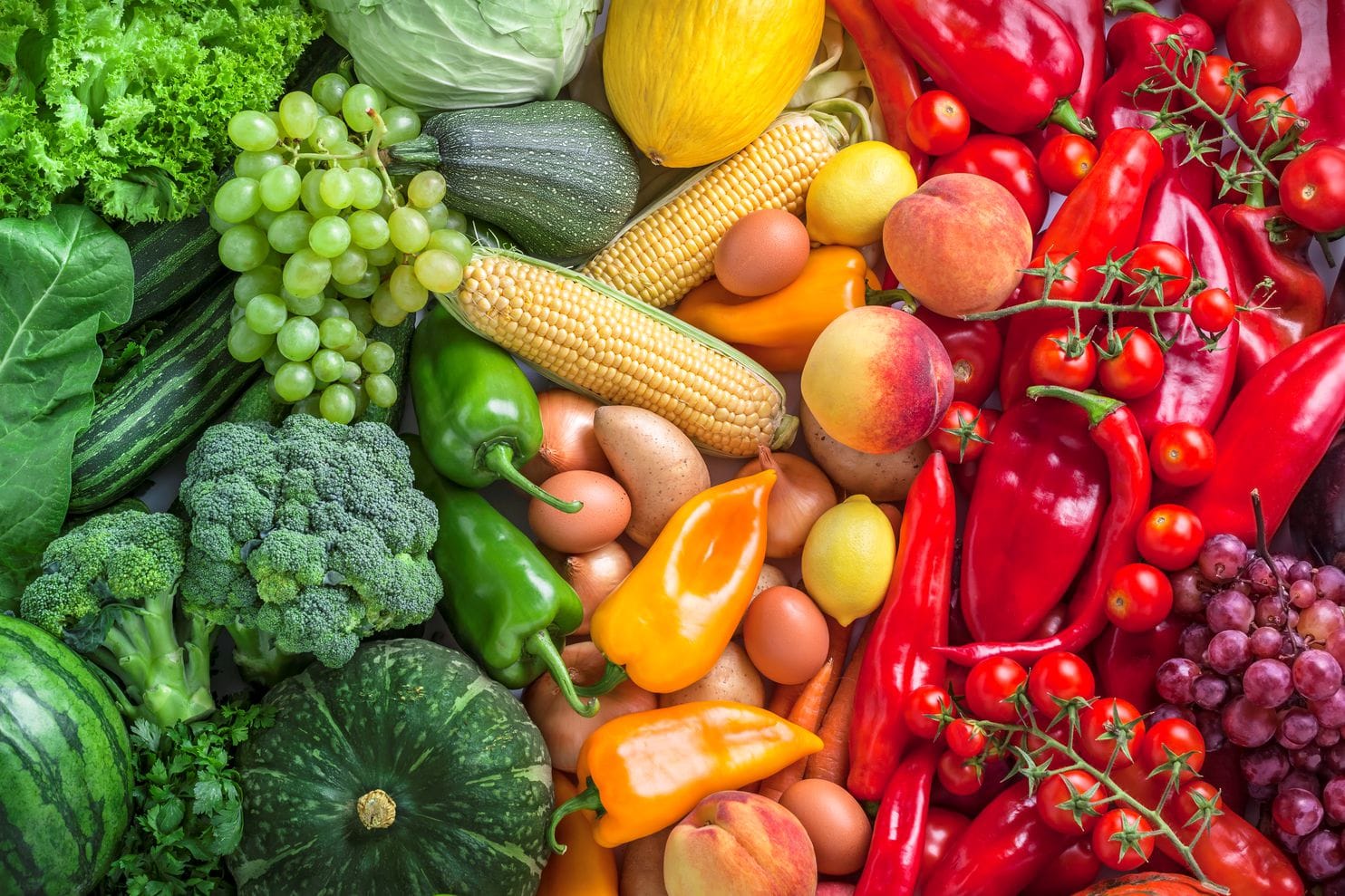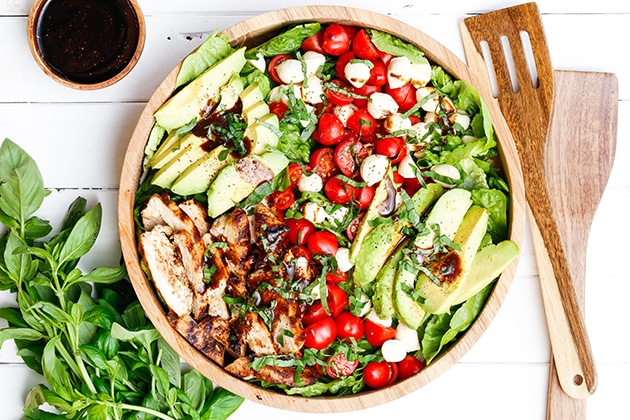- Go brown
White cereals and grains are often highly processed, with a high glycaemic index (GI) – meaning they behave like sugars. By choosing low GI wholegrain breads and pastas, and using grains such as barley, quinoa and brown basmati rice, you increase your fibre intake and stay fuller for longer! - Use legumes
Legumes are the humblest of superfoods. They are a rich source of dietary fibre, protein and antioxidants, and consumption has been linked to reduction in colorectal cancer, diabetes and heart disease risk. When next making Bolognese or meat loaf, try substituting 25-50% or your mince portion with tinned lentils – your heart and gut will be singing! - Add vegetables to everything
Yes – everything! There is no dish a vegetable cannot feature in, in my opinion. Try adding more vegetables and less fruit to your next smoothie, and reduce the sugar content. Avoid the mid-afternoon snack attack by bulking up your wrap or sandwich with at least 3 varieties of vegetables to keep you fuller. Reduce the calorie content of your meal by cutting your portion of meat and starch, and adding a veggie side dish. Remember – the aim is 5 serves a day! - Eat from a smaller plate
Forget what grandma used to eat. It’s HOW MUCH grandma used to eat. Our standard dinner plate size has increased by nearly 37% since the 1960’s. Eating from smaller dishes can help you feel fuller even though you may be eating the same amount, or less. One study showed that participants switching from a 12 inch plate to the recommended 10 inch plate ate 22% less. What size are your plates at home? - Substitute full fat dairy for low fat
If you enjoy 2 coffees a day, milk on your cereal, a slice of cheese in your sandwich and yoghurt for supper, you will save 30g of fat by making the switch! Also, try substituting cream and sour cream in recipes with low fat natural yoghurt or ricotta cheese – works a treat! However, make sure to read the label for sugar content when choosing low fat flavoured dairy! - Create your own natural flavours
Leading in from tip #5, many low-fat foods contain large amounts of added sugars, particularly yoghurts, frozen yoghurts and ice cream. If you like a little sweetness in your low fat dairy, create your own flavours by stirring through fruits! Frozen berries work well – when defrosted they swirl nicely into yoghurt and leave behind a lovely syrup. Pureed apple and fruit compote also work nicely – you can buy these already prepared without added sugars. - Opt for Omega-3
Omega 3 fatty acids have been linked with reducing cholesterol, improving eyesight, reducing joint inflammation, and even treating depression. Tapping into these benefits requires an intake of marine sourced Omega-3 at least 3 times a week, or daily intake of plant sourced Omega-3. Opting for tinned salmon or sardines instead of tuna, and choosing walnuts, linseeds and chia seeds over other nut and seed varietites, will help you reach these targets. - Look for calcium fortified
There are so many milk substitutes available today, including nut milks, soy milk, rice milk… not all of which are fortified with calcium. Calcium is the major mineral responsible for bone heath, and studies show that less than half of us are meeting our daily needs. It’s not wonder, then, that 1 in 2 women and 1 in 3 men develop osteoporosis later in life. The time to develop your peak bone mass is in adolescence and young adulthood. So if you are choosing a milk substitute, make sure its calcium fortified! - Choose reduced salt varieties
Did you know, most of our salt intake (about 75%) comes from consuming packaged and processed foods, rather than salt added during cooking or at the table? High salt intakes can harden arteries and contribute to high blood pressure, fluid retention and kidney damage. If you are using packaged foods regularly, which many of us do, look to see whether your favourite items come in a reduced salt variety. Common examples include soy sauce, stock powders and liquids, and tinned soups. Even vegemite has released a reduced salt option! - Trim your meats before cooking
When you cook chicken with the skin on and porterhouse steak untrimmed, the saturated fat melts into your meat flesh. I know you might say – that’s why it tastes better! – but it can also send your cholesterol soaring, even if you don’t eat the remaining fat layer. There are healthier ways to keep your meats tender, for example, marinating in olive oil and fresh or paste herbs, or cooking in a stock or tomato-based



